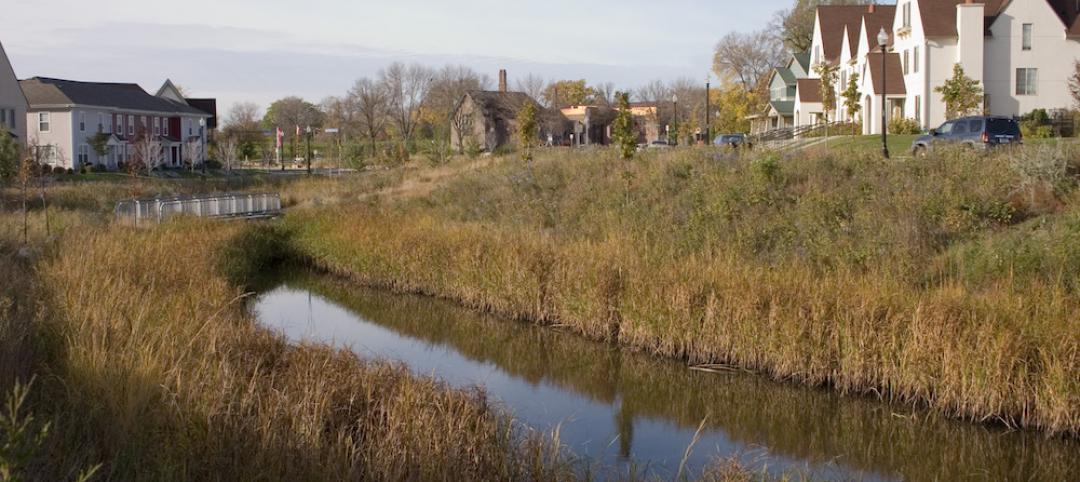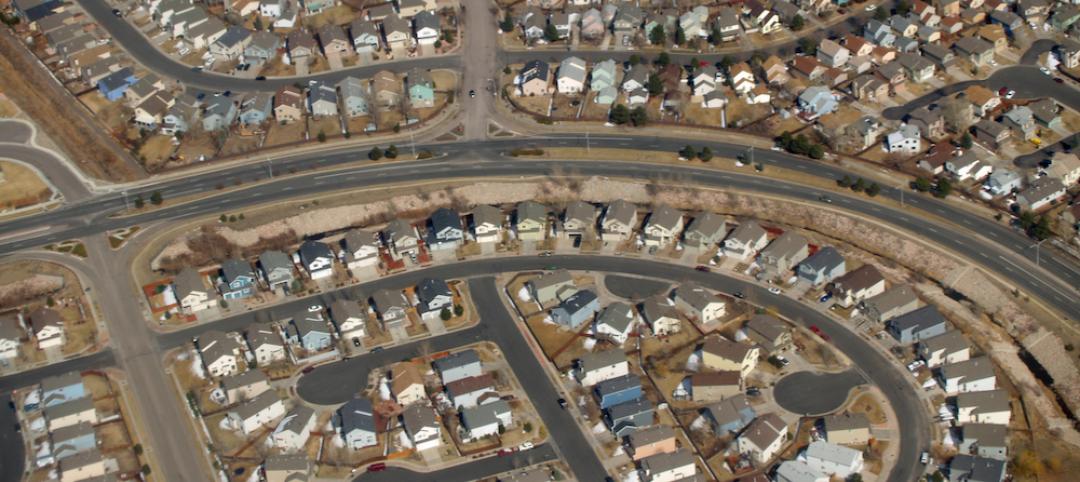A nationwide retrofit strategy could cut 51% of emissions from large buildings in Canada, according to a new Canada Green Building Council (CaGBC).
The report includes recommendations that CaGBC says would reduce 21 million tons of carbon by 2030, help the government achieve its climate change goals, and grow the economy. CaGBC researchers analyzed how the type, size, and age of large buildings, along with energy sources and the carbon intensity of regional electrical grids in Canada, can affect energy efficiency and carbon emissions.
Among the findings and recommendations:
- Buildings including office buildings, shopping malls, universities, and arenas constructed between 1960 and 1979 represent the age class with the largest opportunity for carbon emissions reductions.
- Alberta and Ontario currently emit the most carbon. This is due to the carbon intensity of Alberta’s electricity grid and the number of large buildings in Ontario.
- All provinces will need to prioritize recommissioning for large buildings (between 25,000 sf and 200,000 sf) and deep retrofits for buildings over 35 years old. These two actions will reduce emissions by 4.1 MT CO2e, providing 62% of the reduction needed to meet the goal.
- Fuel switching must be completed in 20% of buildings over 35 years old across Canada. Currently, fuel switching is particularly attractive in provinces with clean electricity grids such as British Columbia, Manitoba, Quebec, New Brunswick, and Newfoundland. In these regions, significant effort should be put into increasing the adoption of highly efficient heat pump technology.
- In provinces with carbon intense electricity grids—Alberta, Saskatchewan, New Brunswick, and Nova Scotia—30% of buildings will need to use renewable energy in order to meet the target.
Related Stories
Codes and Standards | May 24, 2016
Ontario planning to spend $7 billion on wide-ranging climate change plan
Includes financial incentives to retrofit buildings.
Codes and Standards | May 23, 2016
Facility managers say Internet of Things, analytics will impact maintenance soon
More reliable data needed for optimal results from the technology.
Codes and Standards | May 20, 2016
Industry leaders call for wider use of bamboo as a building material
Benefits include seismic resiliency and sustainability.
Codes and Standards | May 19, 2016
Asphalt roofing group publishes updated shingle installation guide
Technical manual provides best practices for roofing professionals.
Codes and Standards | May 16, 2016
EPA proposes new stormwater discharge regulations for construction sites
Would apply to sites of one or more acres.
Roofing | May 16, 2016
New guide focused on increasing energy and structural performance with raised-heel trusses
Higher trusses simplify attic ventilation, leave more space for insulation.
Codes and Standards | May 11, 2016
Current California seismic codes provide safety, resiliency, but needed upgrades present challenge
Los Angeles requires seismic retrofits, but other cities do not.
Codes and Standards | May 10, 2016
Apple spars with Cupertino, Calif., mayor over strained city infrastructure
Apple’s new ‘spaceship’ campus project prompts questions about whether the company should pay more to offset traffic woes.
Codes and Standards | May 9, 2016
Safety Stand-Down yields proposals to boost construction safety
One example: Gilbane encourages safety harnesses for all working above 6 feet.
Codes and Standards | May 9, 2016
EcoDistricts unveils sustainable neighborhood framework
Focus is on equity, resilience, and climate protection.

















